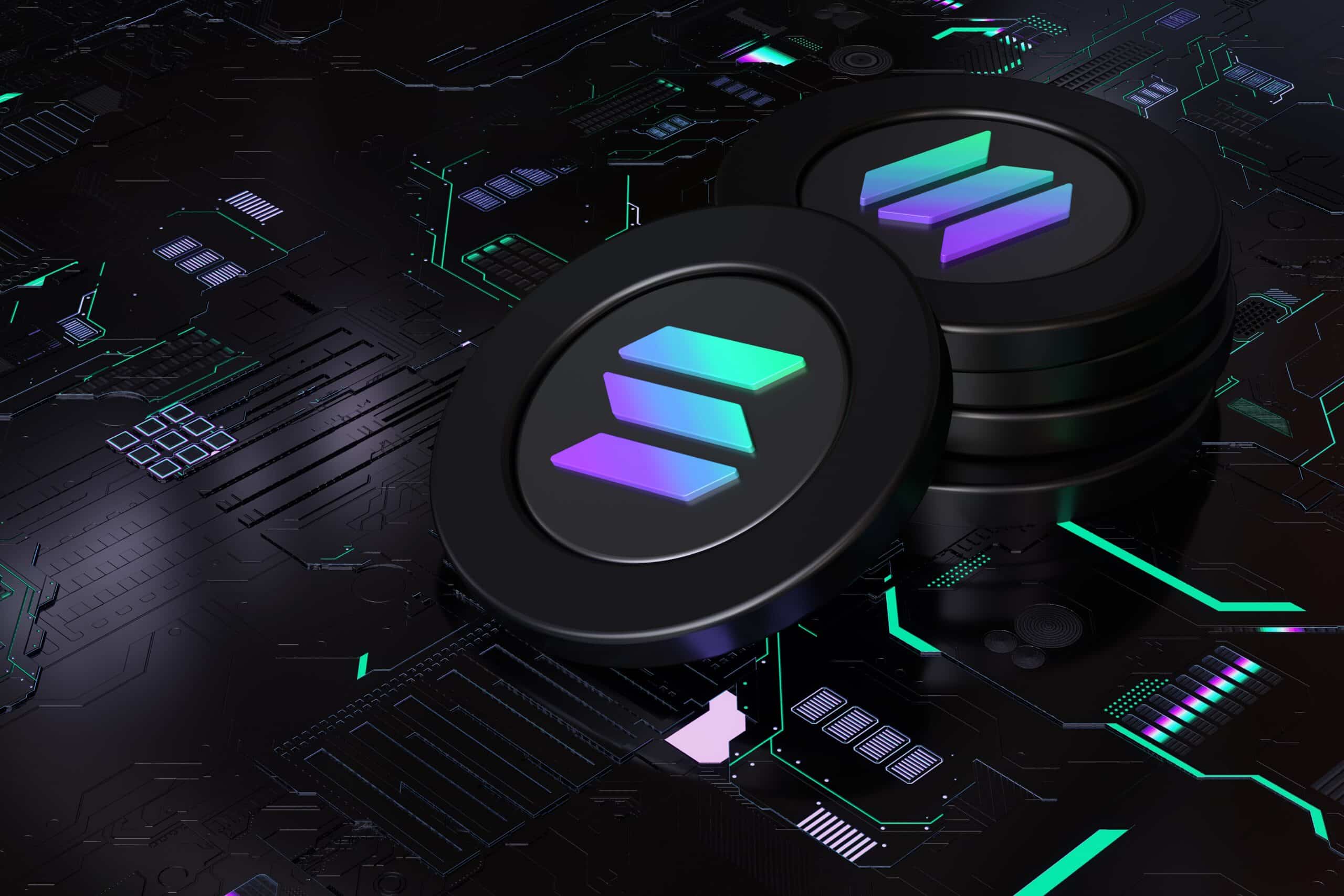Why Binance, Bybit and Bitget Desire a Fragment of the Solana Staking Market

Solana’s liquid staking ecosystem is increasing, with peaceful gigantic gamers coming into the scene.
On Thursday, three centralized exchanges—Binance, Bybit, and Bitget—every teased peaceful liquid staking tokens (LSTs), which would allow holders to make yield on their SOL securing the Solana blockchain while accumulated placing forward the flexibility to take half in decentralized finance actions equivalent to lending and borrowing.
The liquid staking ecosystem on Solana has extra than doubled year-to-date from an entire stamp locked (TVL) of $1.9 billion on Jan. 1 to $4.1 billion on the time of writing, with three protocols—Jito, Marinade, and Sanctum—having a almost about 77% share of the total market, in accordance with blockchain analytics firm DefiLlama.
On X, Sanctum hinted that it used to be playing a aim in the originate of Binance’s BNSOL and Bybit’s BBSOL, by the spend of a handshake emoji per Binance’s announcement and announcing in light of Bybit’s level to the device it is “ready to again this bbSOL grow gigantic and solid.”
Sanctum’s governance token CLOUD has increased over 40% for the reason that announcements, jumping from 16.9 cents to as excessive as 25 cents, earlier than settling at 22.5 cents at presstime, per CoinGecko.
Solana’s Burgeoning Liquid Staking Sector
The introduction of additional gamers coming into into Solana’s liquid staking ecosystem highlights how the young LST market on Solana is on its technique to maturing. Marinade, the 2d-biggest liquid staking provider on Solana with a TVL of $745 million, introduced its LST in 2021, while Jito, the ideal provider with a TVL of virtually about $2.9 billion, launched its mainnet in gradual 2022.
But total liquid staking, which first emerged on Ethereum when Lido Finance rolled out its LST in 2020, has a TVL of $42.5 billion. Of that, Ethereum instructions an 83% market share, multiples of Solana’s 9.6%.
Jito Foundation contributor Andrew Thurman added, “around 40% of staked ETH is liquid staked. Most bright 6% of staked SOL is liquid staked.” In a message to Unchained over Telegram, Thurman wrote, “I request these numbers to come nearer together, which is to enlighten Solana liquid staking has plenty of room to grow and could accomodate [sic] many choices.”
The three exchanges doubtlessly rolling out Solana LSTs is a “gigantic deal,” stated Lucas Kozinski, founding contributor of Ethereum restaking protocol Renzo, in a Telegram message. “It reveals that among the elementary infrastructure and products that we’ve had on Ethereum are staunch foundation to originate on Solana,” Kozinski wrote, including that the products will again onboard their users to Solana-native DeFi.
“Solana’s staking ecosystem has been increasing by shock real by the last years, with the likes of Jito, and extra these days Sanctum, coming into the foray,” Jacob Joseph, review analyst at crypto analytics provider CCData, stated in an e-mail to Unchained, including that this “reveals the increased consideration that is being obtained by Solana.”
LST Open to Score bigger Revenue
As to why these exchanges are turning into lively gamers in Solana’s LST ecosystem, one motive could additionally just be that peaceful LSTs are “extra products they could offer their users to make extra rewards of which they capture costs,” stated Kozinski.
Binance, which has the third-biggest LST by market cap BETH, applies a 10% price on ETH staking rewards. Per its strengthen page, the ten% price contributes to covering the operational costs, equivalent to hardware and network upkeep for its validator nodes.
Learn More: Lido’s Staked ETH Has Grown Year-To-Date – But its Market Half Has Dropped
Suki Yang, the co-founder of Solana-basically basically basically based memecoin platform LMAO and an recordsdata scientist at mission firm Electrical Capital, shared a the same sentiment. “Imagine if users spend Solana liquid staking tokens on exchanges natively, then all Binance has to attain is take a minimize from the returns generated by the liquid staking tokens… it’s strictly of their very maintain revenue to attain so [i.e. roll out a LST],” Yang told Unchained.
Hold SOL on Exchanges
Every other that which that it is probably you’ll assume motive these Asian centralized exchanges have to originate LSTs is to retain as great SOL as that which that it is probably you’ll assume on their platforms.
Consistent with Yang, exchanges are adore investment banks by optimizing for 2 metrics: trading volume and belongings below management (AUM). By offering their very maintain LSTs, exchanges enable users to stake their SOL staunch on the alternate, without desirous to withdraw it to attain so. Holders of these alternate-issued LSTs can pass them off exchanges, while the exchanges themselves retain the native SOL on their venues.
Without the LSTs, exchanges can’t accrue stamp when tokens leave their holdings. Plus, extra belongings living on their platform technique the next AUM, which increases the firm’s have confidence, charm, and monetary valuation.
Learn More: Has Decentralized Finance Hit Bottom?
Binance’s safe steadiness of SOL peaceable of customer deposits and third-celebration custody as of August 1, 2024 stands at 33.1 million SOL worth about $4.7 billion and about 7% of the token’s circulating present. Alternatively, Bybit has a steadiness exceeding 2.6 million SOL representing roughly $375 million presently costs.
Binance, Bybit, Bitget, and Sanctum did no longer straight acknowledge to Unchained’s search recordsdata from of for comment.
Source credit : unchainedcrypto.com
